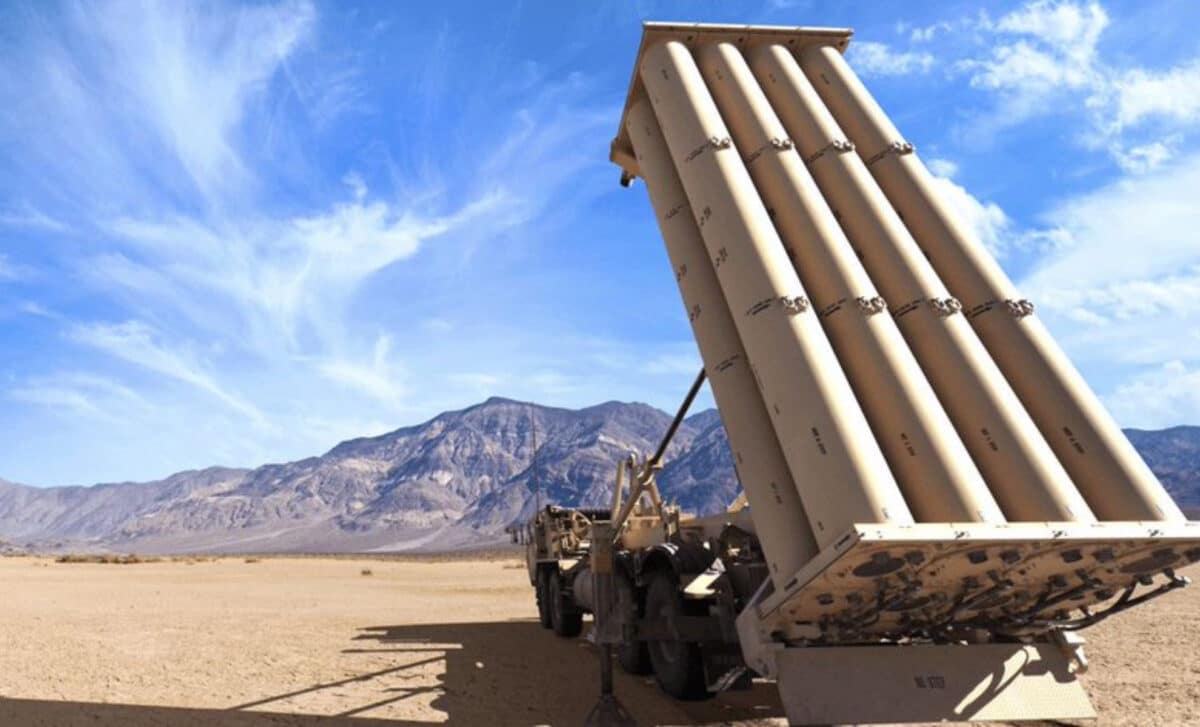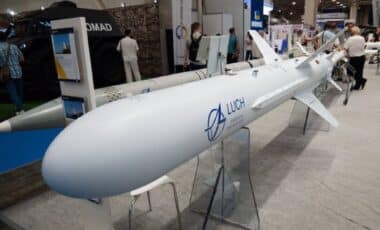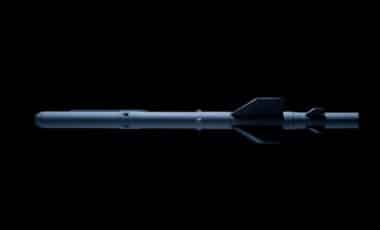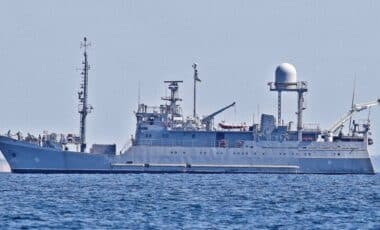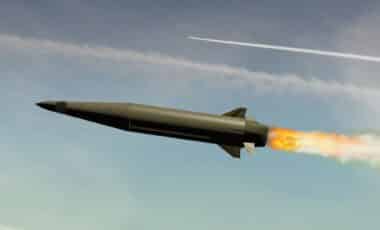The U.S. Department of Defense has announced a $2 billion contract modification with Lockheed Martin to speed up the production of interceptors for the Terminal High Altitude Area Defense (THAAD) system. This move follows the system’s recent operational use in Israel during heightened regional tensions.
The modification, awarded by the Missile Defense Agency, raises the total value of the contract from $8.353 billion to $10.416 billion. Work will be distributed among Lockheed Martin facilities in Dallas (Texas), Sunnyvale (California), Troy (Alabama), and Camden (Arkansas) with an estimated completion date of December 1, 2029. At the time of the announcement, more than $284 million from the 2024 and 2025 procurement budgets had already been allocated.
This decision is tied to the urgent need to replenish strategic reserves after the live use of THAAD interceptors in combat, while still maintaining U.S. defense commitments in multiple operational theaters.
Second $100 Million F-35 Crash in the U.S.: Is the Military Facing a Dark Streak?
Combat Debut of THAAD in Israel
In January 2025, a U.S.-operated THAAD battery intercepted a medium-range ballistic missile (MRBM) launched from Yemen by Houthi rebels aligned with Iran. As detailed by Zona Militar, the missile targeted Ben Gurion Airport and was accompanied by drone attacks on Tel Aviv.
This marked the first time the U.S. Army used THAAD in a combat situation since its introduction in 2008. Previously, only a battery operated by the United Arab Emirates had employed the system in an actual combat scenario.
The battery, along with roughly 100 U.S. troops, had been deployed to Israel in October 2024 amid fears of a potential Iranian attack during a period of regional hostilities. Though the exact system configuration was not disclosed, specialized sources cited by Zona Militar suggest it may have included up to nine launchers—each carrying eight interceptors—supported by a long-range AN/TPY-2 X-band radar and its command and control vehicle.
Long-Standing U.S. Military Presence in Israel
The deployment of THAAD in 2024 was not unprecedented. Since 2012, the U.S. has maintained AN/TPY-2 radar systems in Israel, notably at Site 512 in the Negev Desert. In 2017, this presence expanded to Site 883 at Bislach Air Base.
In 2019 a full THAAD battery was temporarily stationed in Israel during joint exercises aimed at demonstrating rapid deployment capabilities and reinforcing bilateral defense cooperation.
Replenishment to Sustain Deterrence
The decision to boost THAAD production stems from the need to restore depleted interceptor reserves after their operational use in Israel while continuing to support U.S. deterrence commitments in other regions.
Defense authorities stressed, that replenishing these stockpiles is essential to ensuring readiness against ballistic missile threats worldwide.
Lockheed Martin will carry out production across four states, with the program scheduled to conclude by 2029. This initiative underscores Washington’s intention to maintain the operational effectiveness of its missile defense infrastructure after its recent involvement in Israel.

